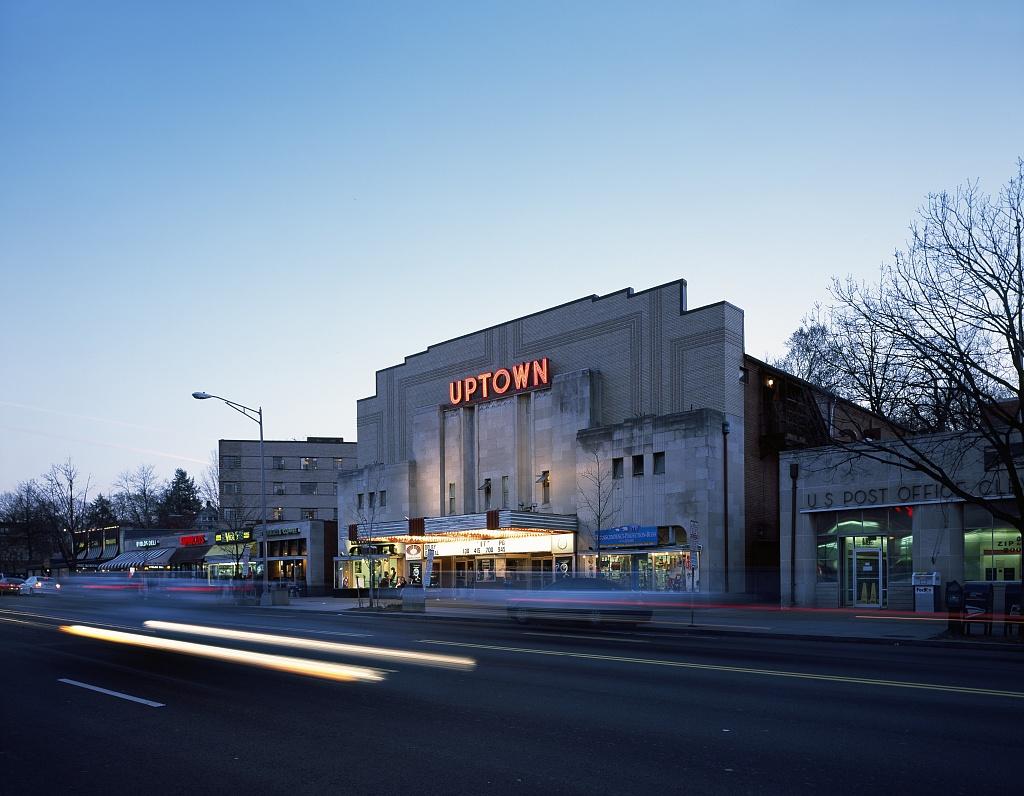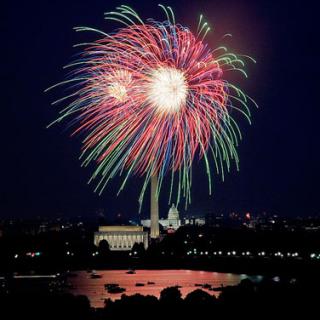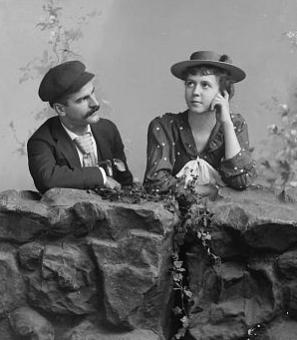The Summer Movie Blockbuster Comes to D.C.
Summer means beaches and barbecues, but it also means going to the movies. Ever since mechanical engineer Willis Carrier tested his “refrigerating plant” in the Rivoli Theater in New York’s Times Square on Memorial Day weekend 1925, theaters have been a go-to hot-weather destination.[1]
Air conditioning was prohibitively expensive for many homeowners for decades, so movie theaters became a key place to escape the summer heat. In some cases, people didn’t even care what was playing on the big screen so long as it was cooler in the dark theater than out on the street. But movie studios eventually got wise to the idea that they could provide entertainment to this captive audience that would keep them coming back and back again.
After the 1970s, when movies like “Jaws” and “Star Wars” changed the dynamics of film entertainment, summer became the season for the big-budget blockbuster. James Surowiecki writes of movie attendance habits in The New Yorker, “Studies suggest that we’re more likely to go over big holidays; when the weather’s warm; and when kids are out of school. As a result, July’s box-office is, on average, twice as big as January’s.”[2]
Summer blockbusters are typically films driven by special effects and large set pieces with plots that involve major threats to America or the Earth in general. What better location to feature all these elements than Washington, D.C.? As the nation’s capital and one of the world’s most recognizable cities, Washington is tailor-made to be a focal point in summer movie blockbusters.
There have been a number of blockbuster films over the years that have used Washington as a backdrop. 1996’s “Independence Day,” about a full-scale alien invasion of Earth, features one of the most iconic D.C.-based blockbuster moments of all time when the White House is destroyed by an energy beam from a hovering spacecraft. Beyond this big moment, the rest of the D.C. moments in the film consist mostly of establishing shots that do not feature the actors.
“X-Men: Days of Future Past,” the 2014 installment to the enduring X-Men franchise, likewise relied heavily on scale models and CGI to create the effects for its Washington-based scenes. There are a number of aerial shots of Washington’s many scenic locations, but close-ups of the film’s climactic event – when the villain Magneto uses his mutant power to lift RFK stadium and drop it around the White House – were shot in downtown Montreal.
“True Lies,” the 1994 Arnold Schwarzenegger blockbuster action film, is set in D.C., but uses multiple locations to enhance what audiences see on screen. One of the most unique set pieces in the film depicts Schwarzenegger’s spy hero Harry Tasker getting into a shoot-out at Georgetown’s Park Mall on Wisconsin Avenue. He chases his would-be assassin on horseback through Franklin Park, but they magically end up in the Ambassador Hotel on Wilshire Boulevard in L.A.
The 1998 film “Deep Impact,” which explores the lives of several people coping with the impending collision of a comet, includes several Washington-area locations. The Francis Scott Key Bridge, the lobby of the Hay Adams Hotel, the Sequoia Restaurant in Georgetown, the rooftop of the Robert Weaver Federal Building, and the Lincoln Memorial Reflecting Pool are all featured prominently in the film.
The “Transformers” film series beginning in 2007 features a number of scenes in Washington, many of which play fast and loose with geography. For instance, in one scene in the original “Transformers,” a character hails a cab on the intersection of Wisconsin Avenue and M Street in Georgetown, only to emerge in the Chelsea district of Boston.[3] The 2011 installment, “Dark of the Moon,” depicts the entrance to the White House on 17th Street at D Street, rather than on Pennsylvania Avenue.
Despite these missteps, “Transformers” and Washington made for a good partnership. The 2009 film, “Transformers: Revenge of the Fallen,” which included a scene at the Smithsonian National Air and Space Museum, is the highest grossing film ever shot in Washington, D.C., earning over $400 million at the box office. With that kind of success, Hollywood is sure to return the nation’s capital for more high stakes movie adventures.
Footnotes
- ^ After the success of Carrier’s air conditioning machine at the Rivoli, his company went on to install units in 300 more theaters across the country over the next five years. http://www.eyewitnesstohistory.com/ac.htm
- ^ James Surowiecki, “Rethinking the Seasonal Strategy,” New Yorker, February 23 & March 2, 2015. http://www.newyorker.com/magazine/2015/02/23/rethinking-seasonal-strate…
- ^ Transformer film locations, The Worldwide Guide to Movie Locations, http://www.movie-locations.com/movies/t/transformers.html






![Sketch of the mythical fuan by Pearson Scott Foresman. [Source: Wikipedia]](/sites/default/files/styles/crop_320x320/public/2023-10/Goatman_Wikipedia_Faun_2_%28PSF%29.png?h=64a074ff&itok=C9Qh-PE1)












